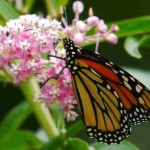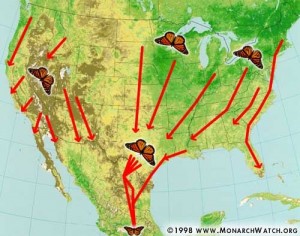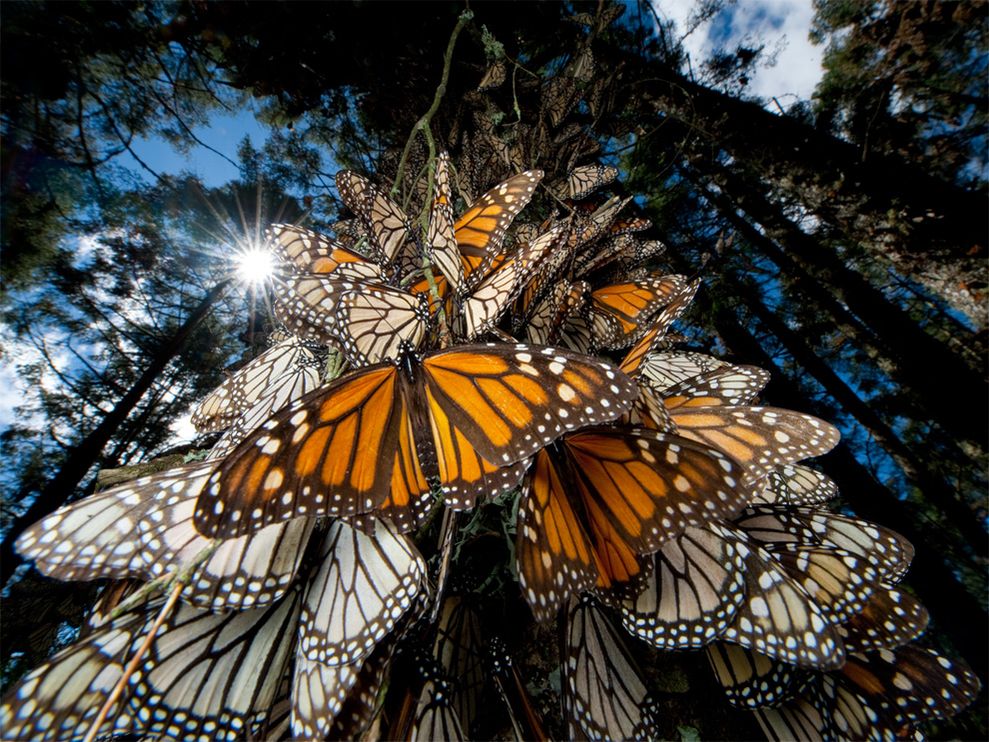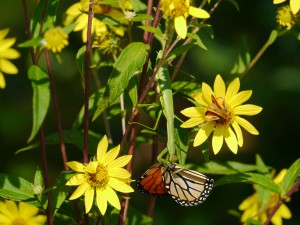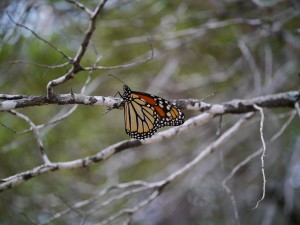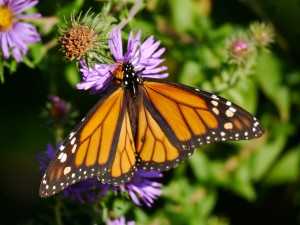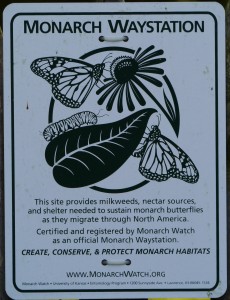By Edie Parnum
White-throated sparrows come to my feeding station every day during the cold months. Easily recognized, these crisply-plumaged brown sparrows sport a white throat, white stripes on the head, and a bright spot of yellow at the base of the bill. A tan-striped form has somewhat less bold plumage. I notice they prefer to eat the seeds on the ground beneath the feeders. Their feeding style is entertaining. They jump forward with both feet and then scratch back to uncover the seeds. Using their strong bills, they quickly crack the shell and consume the nutritious morsel. Over and over, they jump, scratch, and grab a seed. Then, there’s a quick lift of the head to check for predators.
Around my yard, I glimpse them in the brushy areas. I’ve left the perennials standing over the winter and allowed leaves to remain on the ground. This is their preferred habitat where they find plenty of seeds and insect eggs, larvae, and cocoons. Flocked together and mostly hidden in the dense vegetation, I hear their soft chips as they keep in contact and a metallic chink sound if alarmed. Occasionally they sing their sweet song, “Ole Sam Peabody, Peabody, Peabody”. Mostly, they keep quiet, but alert, to avoid detection by hawks, neighborhood cats, and other predators. I think I know this bird well.
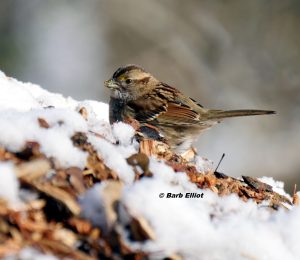
Tan-striped form of White-throated Sparrow feeding in leaf litter. Photo © Barb Elliot. Click to enlarge.
Admittedly, I see only a small portion of its life. The White-throated Sparrow isn’t a year-round resident here in southeastern Pennsylvania. With breeding grounds in the northern forests. I’ve never seen one establish its territory, build a nest, incubate eggs, or feed caterpillars to its young. I’ve missed seeing its life challenges, too. At some point, it probably survived an encounter with a deadly predator or narrowly avoided a disastrous crash into a window. Perhaps one spring it returned to its usual breeding location in the boreal forest and discovered it had been logged—destroyed to make toilet paper. I’ve probably missed all its major life events.
My feeders don’t provide everything these birds need. Opportunities to observe what this bird requires to survive are limited. The unseen beneficence of nature provides the food, shelter, water, and places to raise its young for this creature and all living creatures.






